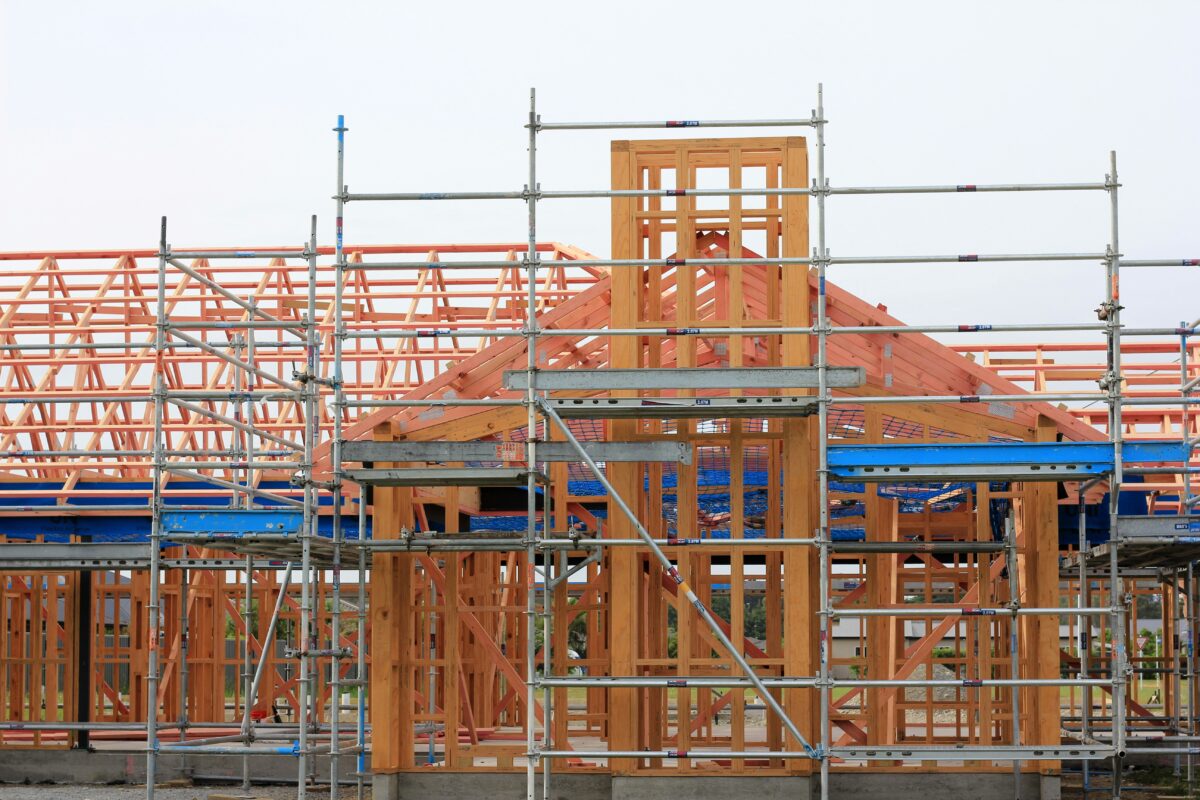On Saturday 8 February, Labour Housing Group held its first ‘Young LHG’ conference, with ‘Solving the housing crisis for young people’ as its theme.
Session 1: ‘How is Labour delivering on the housing crisis?’
Josh Dean, Member of Parliament for Hertford and Stortford, focused his opening remarks on the importance of getting young people involved in politics, whether on local council planning committees or as MPs. Nesil Caliskan, MP for Barking, emphasised the resonance that housing has as an issue in her constituency, where rents have doubled in ten years due to the failures of the last Conservative governments. She cited her experience as a council leader to stress the importance of robust, resilient local leadership, and argued that councils, as custodians of their local areas, should take on the role of master developers.
Questions from the panel chair, Red Brick editor Alex Toal, and the audience focused on how local support can be built for development. Panellists were asked what a ‘successful’ record would look like in practice.
Josh argued that the framing of development that resonates most strongly with members of the community is the importance of ensuring that our children and grandchildren are not disadvantaged. He also emphasised that politicians should be honest with the public about the lack of brownfield sites, which cannot offer a silver bullet solution to the housing crisis. He argued that meeting our housing targets is not sufficient in itself – members of the community must also ‘feel’ this success. He argued that one example of this felt and concrete ‘success’ might be seen in an easing of communities’ ongoing retention crisis, as many young people are currently being forced to leave their local areas in search of more affordable houses elsewhere.
Nesil agreed that success must be felt by the local community. This would mean ensuring that new developments are liveable, convenient, and well-connected through the delivery of effective social infrastructure. She also emphasised the importance of fixing poor-quality homes that are already on the market, rather than focusing exclusively on new housing. There was also agreement on the panel that local authorities are not currently delivering enough new housing but stressed that council budgets had been decimated by years of under-funding from successive Conservative governments.
Session 2: ‘More homes, better homes, cheaper homes: Can Labour do all three?’
The panel chair, Councillor Nasrine Djemai, Camden Council Cabinet Member for New Homes and Community Investment, opened the session by emphasising the need for bold action to solve the housing crisis. She framed the delivery of more, better and cheaper homes as a moral imperative, stressed that housing is fundamentally a matter of security, dignity and equity. She highlighted recent work done by Camden Council to approve new affordable housing and to retrofit existing homes, but stressed that national planning reforms, as well as new regulations on land banking, are needed to unlock local initiative.
Jay Morton, Director of Bell Phillips Architects, opened her remarks by welcoming the ambitiousness of the Labour Government, which has brought stability to the sector. She called for a planning system that not only facilitates development but also ensures quality, in order to create healthy communities incorporating amenities, social spaces, crucial services, and local businesses. Creating communities that people are proud to live in, she argued, can help to inoculate local areas against NIMBYism. In the short-term, she stressed the importance of more efficiently utilising infill sites that have not yet been exploited, while as a longer-term solution, she pointed to the importance of investing in innovation that might enable us to rethink how we build.
Kane Emerson, Head of Housing Research at the YIMBY Alliance, emphasised the importance of housing to the Government’s growth ambitions. In the first instance, increasing housing supply stimulates economic activity and brings down rents. However, he emphasised that where we build is as crucial as the numerical target of 1.5 million new homes during this Parliament. He called for joined-up thinking to ensure that housing is built in places where workers want to live, employers want to hire, and affordability remains a problem, such as Oxford. He also pointed to the ancillary economic benefits of housebuilding, such as higher environmental standards and lower energy bills. Finally, he stressed that the Government should look to unlock small, local developers, as opposed to just the Big Four housebuilders.
In the Q&A section, panellists were asked how it could be ensured that increased housing density does not come at the expense of quality. Another question focused on the problem of second homeownership, and the effects it has on local communities. Other questions focused on whether a Labour case could be made for policy measures such as stamp duty abolition or rent controls.
There was hesitance on the panel about the likely effectiveness of rent control, which could suppress development and lead to under-investment in maintaining existing stock. Kane framed council housing as a de facto form of rent control and cautioned against ‘tick box regulations’ that, however well-intentioned, might slow down development without solving the problems they set out to fix. Jay concurred that second homeownership can create unbalanced communities and emphasised that houses should be thought of as social infrastructure rather than just as private investments.
Session 3: ‘Tackling the Affordability Crisis: Lowering Prices, Mortgages and Rents’
Uzma Rasool, Councillor for Grove Green in the London Borough of Waltham Forest, began the session by stressing the importance of young people’s involvement in local planning politics. She pointed out that just 15% of councillors are under 45. She stressed that councils can make real change, pointing to new, wheelchair-accessible units recently approved by the borough. However, she also called for national action to widen access to mortgages among those whose lack of inherited wealth currently locks them out of homeownership.
Chloe Timperley, Green Mortgage Campaign Lead at the Green Finance Institute and author of Generation Rent, began by offering a dose of realism. Pointing out that property wealth remains most families’ main asset in the UK, she acknowledged that fairer new measures to tax wealth may not currently be politically possible. She argued that a more practical approach would focus on professionalising and regulating the private rented sector. She also argued for ending the Right to Buy, framing it as an ideology-driven policy that has generated a social home waiting list of 3 million people, and argued that council housing complements the private rented sector by offering a pathway for tenants with lower and less stable incomes.
Tom Darling, Director of the Renters’ Reform Coalition, welcomed the Government’s Renters’ Reform Bill, which he argued would make a real difference to the UK’s 11 million private renters. However, he also warned that the Government may not be on course to meet its target of 1.5 million new homes – and pointed out that even if the goal were achieved, rents would only fall by an estimated 2% by 2029. He therefore argued for approaching housing as a distributional question, rather than one merely of supply. He suggested that rent increases within tenancies should be capped and called for more Government investment in new social homes, of which 90,000 are needed each year. Finally, he warned that the housing market is eroding the social contract with young people, who are losing hope of ever owning a home and therefore turning to the solutions offered by alternatives such as the Green Party and Reform.
Questions from the chair and audience focused on the practical measures that could be implemented to improve housing affordability. There was a focus, in particular, on tackling the ability of shell companies to buy up properties as a private investment. It was pointed out that unaffordable rents are generating an unsustainable housing benefit bill – in effect, a subsidy to private landlords. Finally, panellists were asked if they could point to successful cases in cities and countries around the world that have found success in improving affordability.
Chloe argued that mortgage credit, in concert with house building, could be an effective lever for increasing people’s access to housing, while Tom returned to his call for more stringent regulation of the private rented sector. Chloe also argued for more transparency on ownership to tackle the problem of shell companies buying up properties as a private investment. On the question of successful case studies, Tom praised the record of Vienna in delivering beautiful, affordable social housing – but also pointed out that the dire state of the UK housing sector means that we can take lessons from most other countries, not just utopian examples. Chloe argued that Japan had found success by framing land as a shared resource and a community asset, as embedded in statutes such as the Basic Act for the Land.


